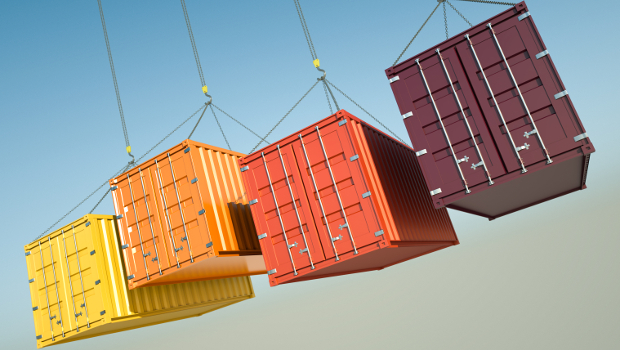Containers are revolutionising enterprise IT in much the way smartphones have transformed the world of consumer technology, but there is still much more to come.
That is according to Alex Polvi, CEO of Linux server vendor CoreOS, which has set its sights on improving Internet security.
Too many companies today operate their data centres as if on egg shells, because “any little change can break things,” Polvi explained. That makes it hard to keep software updated and secure.
In general, companies need what Polvi calls “Google infrastructure for everyone else,” or GIFEE. Essentially, he’s referring to the way hyperscale companies like Google and Facebook operate, with infrastructures designed for maximum robustness, scalability, security and reliability.
“Every single industry category has seen an explosion in web and digital,” Polvi said in an interview this week. That, combined with widespread migration to the cloud, means “every company needs to start behaving like a web service provider to some degree.”
Security, meanwhile, has become paramount. “Nobody is safe right now — something has to be done,” Polvi said.
Companies have started to realise that, and as a result, they’ve become “very open-minded about new ways to approach infrastructure,” he added.
That is where containers — and GIFEE — come in.
What GIFEE promises is a style of managing infrastructure where you can pull the plug on any server at any time, and the apps keep running, Polvi explained. “There’s better availability, and you can move to more standard hardware — you don’t need anything exotic.”
It is infrastructure management focused on apps rather than servers; from the operator’s perspective, it’s a shift in focus from the server level up to the cluster level.
Polvi sees containers and distributed systems as key pieces.
CoreOS offers a lightweight, container-friendly Linux distribution by the same name, as well as rkt, a security-minded alternative to Docker’s popular container technology. Tectonic, meanwhile, is a commercial distribution combining CoreOS with Google’s Kubernetes container-management tool. Polvi called that combination “GIFEE in a box” for companies that “don’t want to be in the business of piecing together open-source projects.”
Embracing open source has been a key part of CoreOS’s strategy.
“If you want to radically move the industry forward, open source is a great way to do it because you’re giving away the really hard parts that previously only huge companies like Google could do,” Polvi explained. He cited CoreOS’s etcd distributed key value store as a prime example.
Businesses have focused so far on using containers for packaging applications, but the real change will happen when companies start running on the GIFEE model, Polvi predicted.
The scale of that change will be equivalent to the transformation wrought by the smartphone in the consumer-technology industry, he said. “It unlocks a whole class of new capabilities that previously were unimaginable.”
Container vendors still have a challenge: clearing up the considerable confusion as a result of the many myths, vendors and variations on the technology that are out there.
“I think we’re at peak confusion right now, and that’s holding things back,” Polvi said.
Container software, meanwhile, “is like version 1.0 of the iPod,” he said. “It’s going to get a lot better.”
Vendors also need to do more to help enterprises understand what they can expect in terms of migration paths to containers, he added.
In the long run, though, containers are just part of the picture, Polvi stressed. Just as physical shipping containers are one small piece of the global economy, so software containers are a part of a larger topic.
“Containers are just an implementation,” Polvi said. “The full story is how do we run a data centre.”
IDG News Service






Subscribers 0
Fans 0
Followers 0
Followers